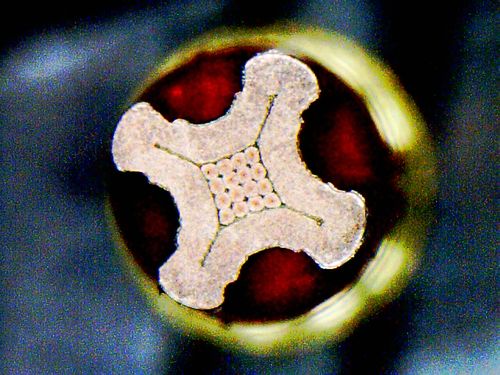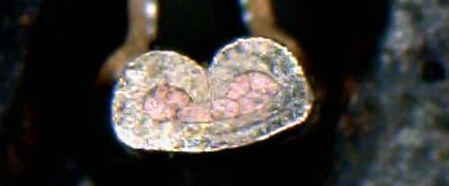Every manufacturer of cables will regularly face the question of how to ensure the quality of his crimp connection. Our answer to this is: Pull-out force / crimp height measurement and microsection.
Why do more and more customers also demand the construction of microsection in addition to pull-out force and crimp height measurement? The answer is simple, as with microsection one can also look at the interior of the installed crimp ferrule, hence making a highly detailed evaluation possible.
What is the approach with this technology?
At first the crimp ferrule is crimped to the wire. Then the conductor crimp will be radially separated, the cut surface will be polished and receives a final etching. Now the interior of the crimp can be looked at under a microscope.
With this the most important questions are:
- How has the crimp deformed? How have the wires of the cable deformed?
- Are there any cavities?
- Is there any formation of burrs?
- Does the geometry match the manufacturer’s specifications?
Furthermore, microsection will allow conclusions on wear and tear as well as configuration of the tool.
Some details:
Microsections can be manufactured for all common crimp terminals, for example the typical B-crimp, for closed crimp-barrels such as ring terminals or also for twisted crimp terminals such as Harting Han-D contacts. Microsections are also very useful for special applications where no crimp specifications are available through the manufacturer. Pressing of ferrules are not suitable to be used for making microsections. Depending on the composition of the terminals we can produce microsections of a cross-section up to 4 mm².
Most recently we have created microsections for the sampling of a battery production. We were soon able to fulfil the customers’ demand to sample all crimp connections with microsections.








